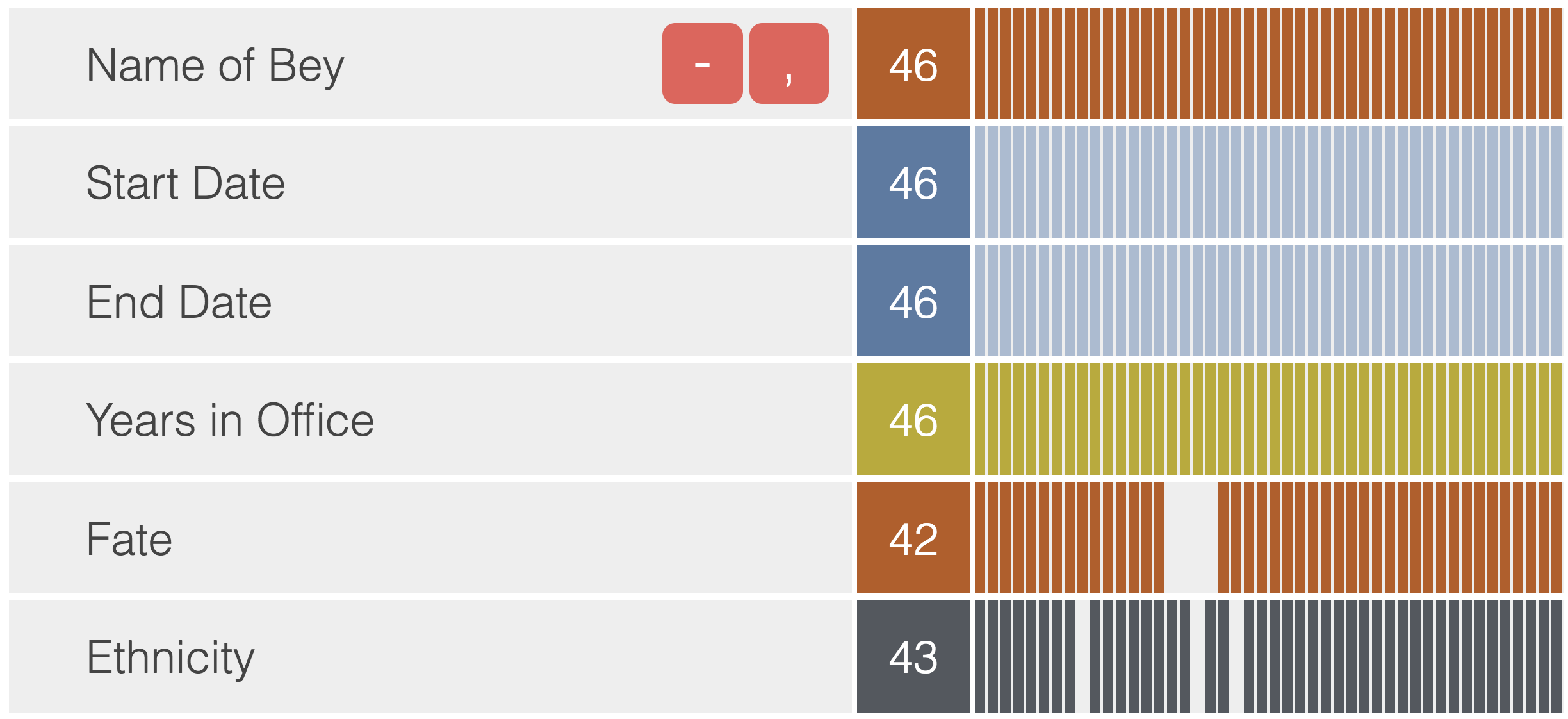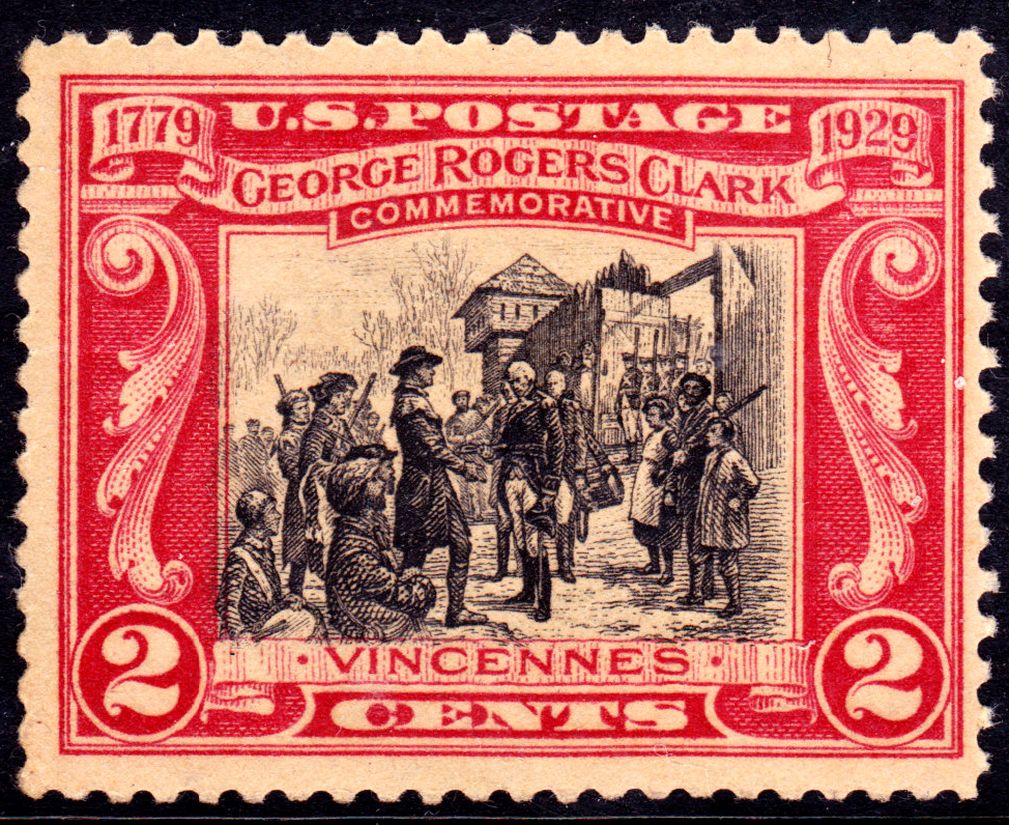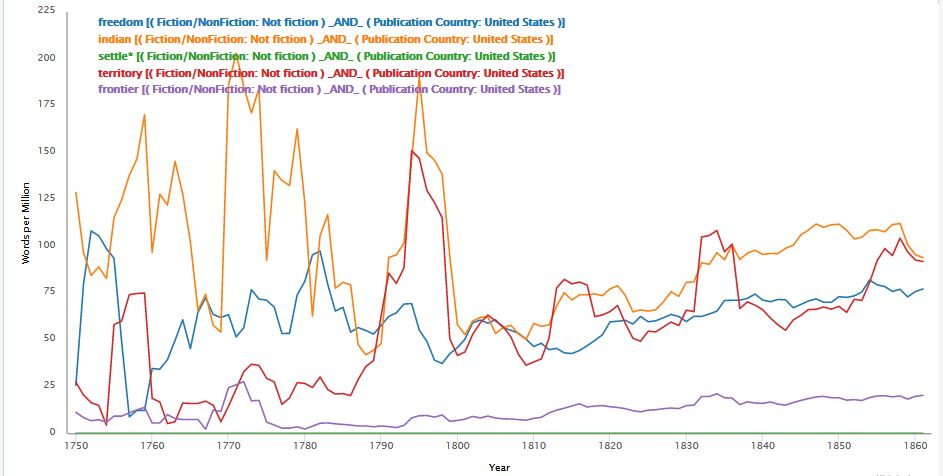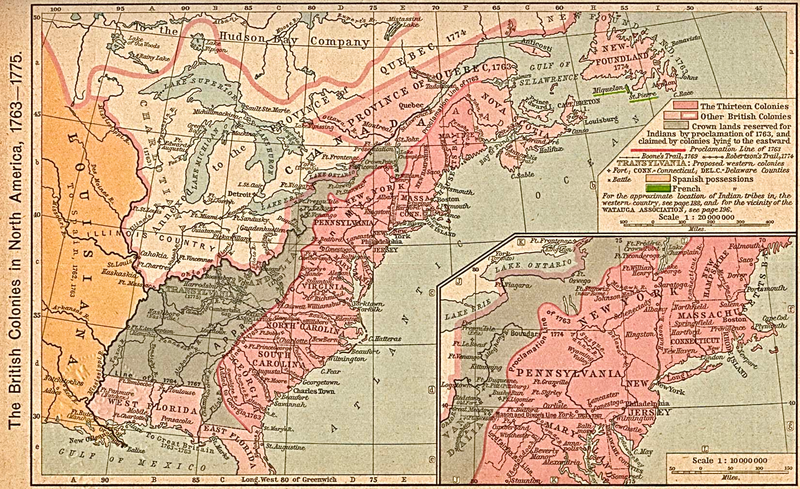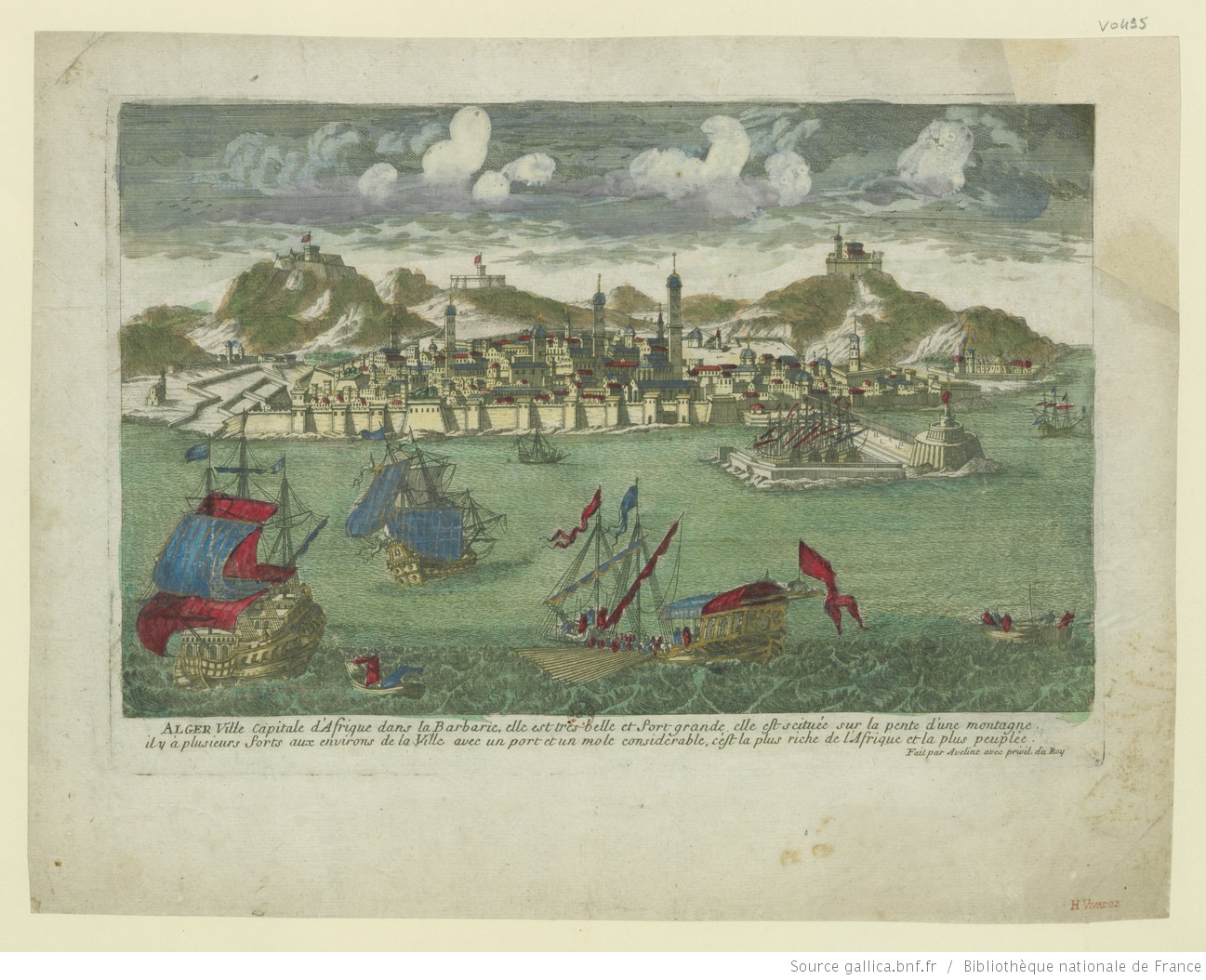“we ask to what extent the data have the capacity to characterize a person, an event, a period, or an experience. Where the data exhibit significant informational paucity, indeterminate values, inordinate biasing, or limited scope it is common to cast them aside in pursuit of something held to be more…
Seeing in and through Silence
Posted in Percolating Ideas, and Research
